Introduction
In today’s hyper-competitive B2B landscape, marketing success no longer hinges on casting the widest net. Instead, it’s about casting the right net—reaching the right people, in the right place, with the right message. This is where market segmentation becomes a cornerstone of strategic growth.
At Leadful, we believe that precise market segmentation begins with a strong Ideal Customer Profile (ICP). When executed effectively, an ICP doesn’t just describe your best-fit customers—it enables you to divide your broader market into actionable segments that improve targeting, increase engagement, and drive higher conversion rates.
What Is Market Segmentation in B2B?
Market segmentation is the process of dividing a broad B2B market into distinct subsets of companies that have similar characteristics, behaviors, or needs. Rather than treating all potential customers as one homogenous group, segmentation helps you understand what differentiates one set of buyers from another.
Segmentation allows your marketing and sales teams to:
1.Develop tailored messaging that resonates with each group.
2.Optimize marketing channels based on audience preferences.
3.Improve lead quality by focusing on high-fit segments.
4.Boost overall return on investment (ROI).
The Role of ICPs in Market Segmentation:
An Ideal Customer Profile (ICP) acts as the blueprint for segmentation. It defines the characteristics of your most valuable customer accounts—those that generate the most revenue, have the longest lifetime value, or align perfectly with your product or service.
At Leadful, we use ICPs to segment the market across three key dimensions:
1. Demographic (Firmographic) Segmentation
This is the most foundational level of segmentation and includes quantifiable company characteristics such as:
Industry and Sub-Industry: Are you targeting healthcare providers, SaaS startups, financial firms, or logistics companies?
Company Size: Number of employees or annual revenue can define what kinds of problems a company faces—and how your solution fits.
Geographic Location: Are there regional compliance requirements or time zone challenges that make your offering especially valuable in certain areas?
Growth Stage: Whether they are early-stage startups or large enterprises affects their buying behavior and budget constraints.
By filtering your market using firmographic data, you can prioritize outreach to businesses that are most likely to convert—and benefit—from your offering.
2. Behavioral Segmentation:
Not all prospects behave the same way, even within the same demographic group. Behavioral segmentation dives into how companies interact with your brand, product category, and buying journey.
We analyze data like:
Website activity (pages visited, time spent, downloads)
Email engagement (open, click-through, and reply rates)
Sales interactions (questions asked, objections raised)
Technology adoption patterns (such as integration with key platforms)
Indicators of buying intent (e.g., hiring trends, recent funding, or leadership changes)
This data allows Leadful to build segments based on readiness to buy and tailor outreach accordingly. For example, companies that frequently engage with compliance-related content may be segmented into a group needing security-focused messaging.
3. Needs-Based Segmentation:
The most nuanced form of segmentation focuses on the specific pain points, goals, and priorities of different customer types. This goes beyond surface-level traits and answers key questions:
What challenges does this company face that our product solves?
What outcome are they trying to achieve?
How do they define success?
For example, one segment might value automation and time savings, while another prioritizes analytics and reporting. By understanding these core needs, Leadful can craft personalized value propositions that speak directly to what matters most to each segment.
How Leadful Builds Segmented Campaigns Using ICPs:
Once we’ve defined and segmented your market using ICP data, we build hyper-targeted campaigns designed to resonate deeply with each audience type.
This includes:
Custom Messaging: Tailored email sequences, LinkedIn messages, and call scripts that reflect the unique challenges and goals of each segment.
Content Personalization: Creating relevant content assets—case studies, webinars, whitepapers—aligned to each segment’s interests and decision-making stage.
Optimized Channels: Using the ICP to determine where each segment is most active (e.g., LinkedIn vs. email vs. cold calls) and focusing efforts there.
Feedback Loops: Monitoring performance data across all segments to identify which ones are generating the highest engagement and conversions.

Benefits of ICP-Driven Market Segmentation:
By combining ICPs with smart segmentation, Leadful clients experience measurable business impact:
✅ Higher engagement rates due to more relevant outreach
✅ Lower cost-per-lead by avoiding unqualified prospects
✅ Increased sales velocity as targeted accounts move through the funnel faster
✅ Stronger brand trust from personalized, valuable interactions
✅ Long-term customer loyalty through better alignment with needs


Leave a Reply